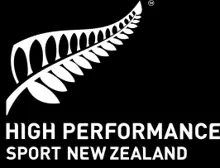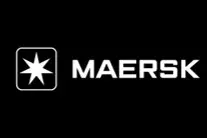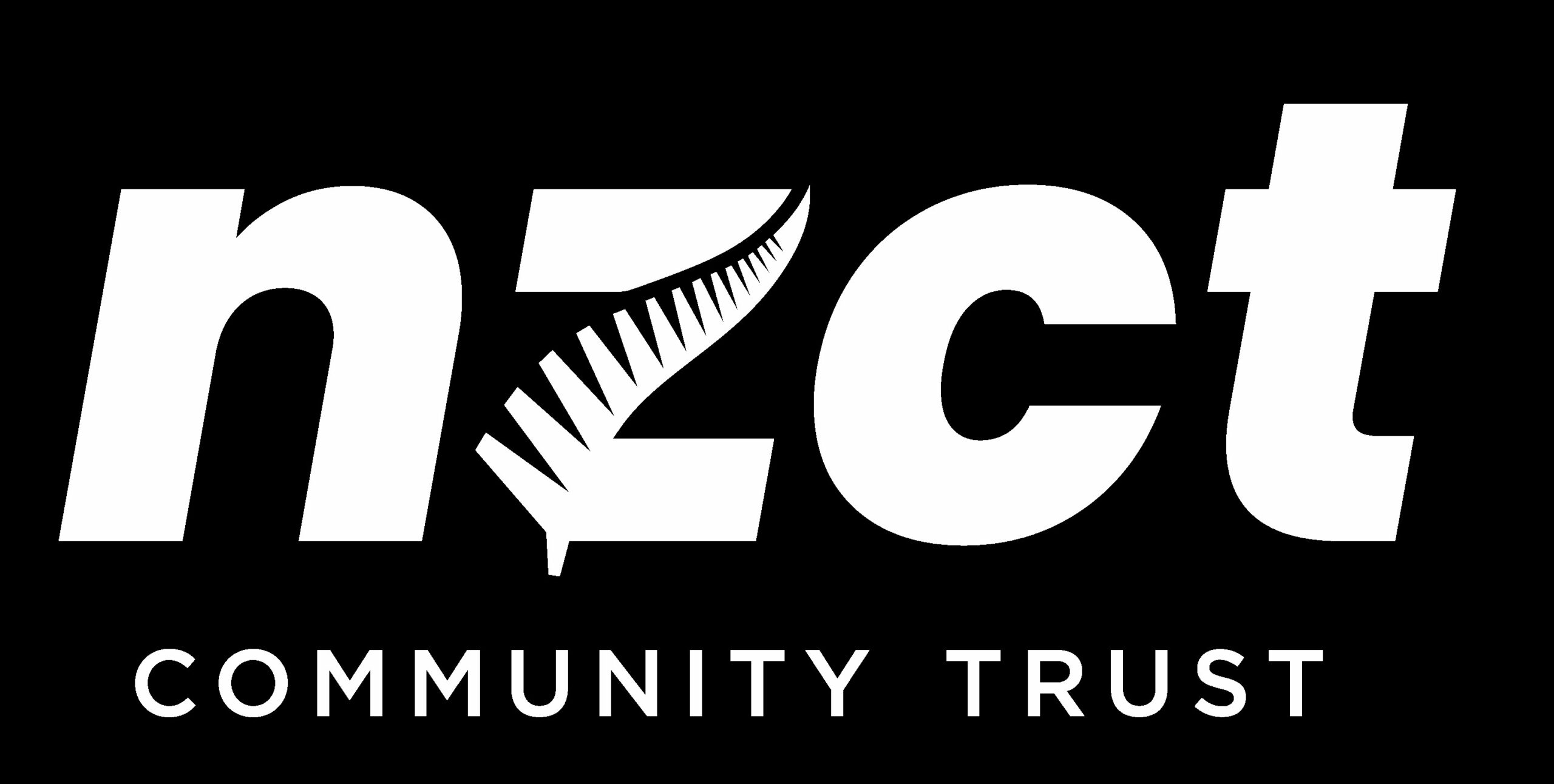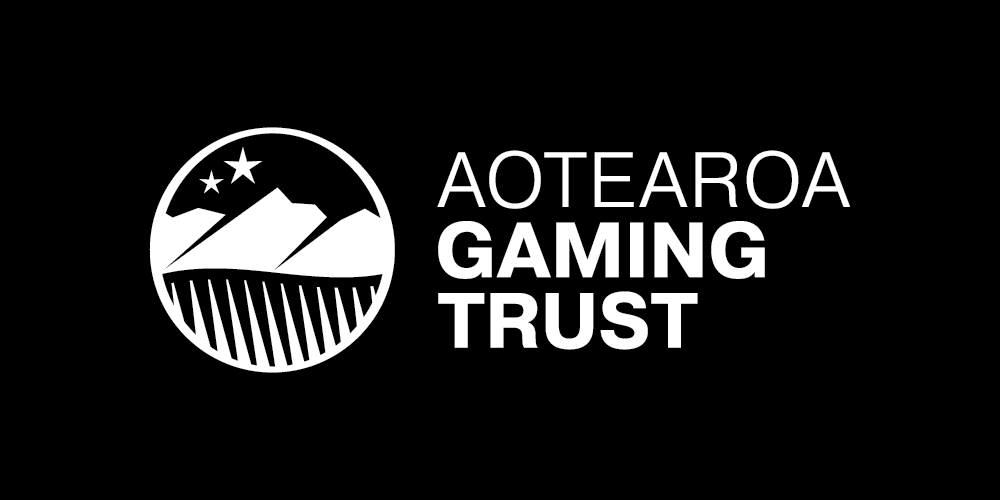Physical Impairment
National Sports Organisation’s manage classification for athletes with a physical impairment in New Zealand. Each Para sport’s classification rules describe how severe an Eligible Impairment must be for an athlete to be considered eligible to compete.
Physical Impairment Eligibility
To be eligible for Para sport, an athlete must have (or has had) at least one medically and/or clinically diagnosed Underlying Health Condition which aligns to one or more of the five eligible Physical Impairment types.
The five eligible Physical Impairment types are detailed below with examples of underlying health conditions that may lead to these eligible impairments.
Impaired Muscle Power
Athletes with Impaired Muscle Power have a reduced (or no) ability to contract their muscles to generate force that is consistent with an Underlying Health Condition affecting the structure and function of the central or peripheral nervous system or the muscles (including the muscle origin and muscle insertion).
Impaired Passive Range of Movement
Athletes with Impaired Passive Range of Movement have a reduced ability for a joint to be passively moved that is consistent with an Underlying Health Condition affecting a structure of bones, joints, connective tissue, or soft tissues.
Limb Deficiency and/ or Limb Length Difference
Athletes with Limb Deficiency or Limb Length Difference have a total or partial absence of a limb or anatomically irregular limb dimensions that are consistent with an Underlying Health Condition resulting from trauma, illness, or congenital causes affecting the bones and/or joints.
This Eligible Impairment can be further divided into the following sub-categories:
(a) limb deficiency;
(b) leg length difference; and/or
(c) arm length difference.
Short Stature
Athletes with Short Stature have reduced total body length (including head, trunk, and legs) as a result of congenitally or developmentally reduced length of the bones of the upper and lower limbs (and may also have reduced trunk length) that is consistent with an Underlying Health Condition. Athletes will not be considered to have Short Stature if their reduced total body length is the result of Limb Deficiency or Limb Length Difference only.
Coordination Impairments
Athletes with a Coordination Impairment have one or more of the following three movement disorders that (i) adversely affects the ability to voluntarily produce a full range of skilled movement fluidly, rapidly, and accurately; and (ii) is consistent with an Underlying Health Condition affecting the structure and function of the central nervous system:
(a) Hypertonia/Spasticity: an increase in muscle tension that may be velocity-dependent and/or a reduced ability of a muscle to stretch.
(b) Motor Ataxia: limited precision in direction and velocity of voluntary movement.
(c) Dyskinesia (athetosis, dystonia, chorea): involuntary movements that interfere with voluntary movements.
How is an athlete classified?
For eligibility to be assessed and a Sport Class issued, there are two key steps:
- A Medical Diagnostic Form (MDF), including medical evidence must be completed and sent to the athletes’ NSO. Upon review, if eligibility is identified, a Provisional (or temporary) Sport Class will be allocated as per individual Para sport classification rules, or until an athlete evaluation is conducted.
- An in-person athlete evaluation session is undertaken by a Classification Panel to verify that the athlete has an Eligible Physical Impairment and that the athlete’s Eligible Impairment meets the applicable Minimum Impairment Criteria for their relevant sport.
Medical Diagnostic Form (MDF)
Please contact your NSO for a copy of the MDF template as individual NSO’s manage the application process. If you require contact details for your NSO, please contact PNZ.
Evaluation Session
Evaluation sessions for athletes with a physical impairment may include, but is not limited to a physical, technical and/or an observation assessment. The Classification Panel who conduct the evaluation are trained sport specific Classifiers who have a medical background and/or are technical experts in their sport
The evaluation session will likely take place one-two days prior to a national competition (defined classification competition period) or during an official training session. Evaluation sessions in New Zealand are organised by NSOs.
